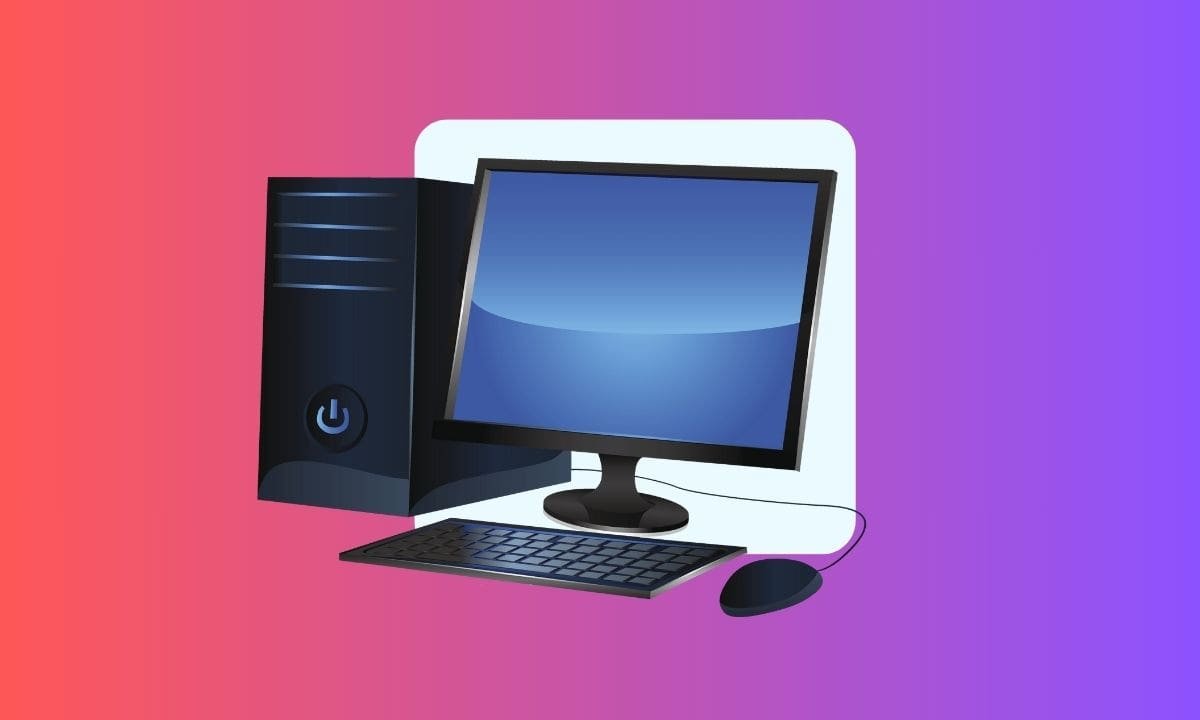What is Computer: In today’s digital landscape, computers are central to almost every aspect of our lives. From personal to professional use, knowing how computers operate and how to use them effectively is essential. Whether you’re a novice or seeking to expand your understanding, this guide will provide a detailed overview of what a computer is and how to work a PC.
What is Computer Information (PC)
A computer is an electronic device that processes data according to a set of instructions known as programs. These machines have transformed how we live, work, and play by making complex tasks quicker and more efficient.
Mobile Number Location
History of Computers (PC)
The evolution of computers began in the early 19th century with mechanical calculating machines. They have since developed into advanced electronic systems. Key milestones include the first electronic digital computers in the mid-20th century and the emergence of personal computers (PCs) in the 1980s, bringing computing into homes and businesses globally.
Types of Computers
Desktops:
Desktops are stationary computers intended for use at a single location. They consist of a monitor, keyboard, mouse, and the main unit housing the hardware. Desktops are known for their powerful performance and expandability.
Laptops:
Laptops are portable computers with all components, including the screen, keyboard, and battery, integrated into one unit. They offer the convenience of mobility while delivering performance comparable to many desktops.
Tablets:
Tablets are handheld devices with touch screens, providing a more portable and versatile computing experience. They are perfect for browsing, media consumption, and light computing tasks.
Servers:
Servers are specialized computers designed to manage network resources and provide services to other computers on a network. They are essential in business environments for managing data, hosting websites, and running applications.
Basic Components of a Computer
Central Processing Unit (CPU):
The CPU, often referred to as the brain of the computer, executes instructions from programs. It performs basic arithmetic, logic, control, and input/output operations.
Memory (RAM):
Random Access Memory (RAM) is the computer’s short-term memory, where it stores data that is actively being used or processed. More RAM allows a computer to handle more tasks simultaneously and improve performance.
Storage Devices:
Storage devices, such as hard drives (HDD) and solid-state drives (SSD), provide long-term storage for data and programs. SSDs are faster and more reliable than traditional HDDs.
Motherboard:
The motherboard is the main circuit board that connects all the components of a computer. It houses the CPU, RAM, and other essential hardware, allowing them to communicate and function together.
Power Supply:
The power supply unit (PSU) converts electrical power from an outlet into a usable form for the computer’s components.
Peripheral Devices:
Peripheral devices include input and output devices such as keyboards, mice, printers, and monitors, which allow users to interact with the computer.
How Computers Work
Boot Process:
The boot process is the sequence of events that occurs when a computer is powered on. It involves initializing hardware, loading the operating system, and preparing the system for use.
Operating Systems:
The operating system (OS) is the software that manages hardware resources and provides a platform for running applications. Common operating systems include Windows, macOS, and Linux.
Software Applications:
Software applications are programs designed to perform specific tasks, such as word processing, web browsing, and gaming. They rely on the OS to function correctly.
Data Processing:
Data processing involves converting raw data into meaningful information through computational operations. This process is fundamental to the functioning of applications and the computer itself.
Setting Up a New PC
Unboxing and Initial Setup:
Setting up a new PC starts with unboxing the components and assembling them if necessary. This includes connecting the monitor, keyboard, mouse, and power supply.
Installing the Operating System:
If the computer does not come with an OS pre-installed, the next step is to install one. This typically involves booting from an installation medium like a USB drive and following the on-screen instructions.
Installing Essential Software:
Once the OS is installed, you should install essential software such as web browsers, antivirus programs, and productivity tools to make the computer fully functional.
Basic PC Maintenance
Regular Updates:
Keeping your OS and software up to date is crucial for security and performance. Enable automatic updates to ensure you receive the latest patches and improvements.
Antivirus Protection:
Installing a reputable antivirus program helps protect your computer from malware and other security threats. Regular scans and updates are essential to maintain security.
Cleaning and Dusting:
Physical maintenance, such as cleaning dust from the computer’s interior and exterior, can prevent overheating and extend the lifespan of the hardware.
Troubleshooting Common Issues
Slow Performance:
If your computer is running slow, consider clearing out unnecessary files, upgrading your RAM, or checking for malware that might be affecting performance.
Connectivity Problems:
Troubleshooting connectivity issues often involves checking cables, restarting devices, and ensuring drivers are up to date.
Software Crashes:
Software crashes can be resolved by updating the software, reinstalling it, or checking for compatibility issues with other programs.
Enhancing Your PC Experience
Upgrading Hardware:
Upgrading components such as RAM, storage drives, or the graphics card can significantly improve your PC’s performance and capabilities.
Customizing Settings:
Personalizing your computer’s settings, such as adjusting display resolution, keyboard shortcuts, and privacy settings, can enhance usability and comfort.
Conclusion
Understanding what a computer is and how to work a PC is essential in today’s technology-driven world. From basic components to setup and maintenance, having this knowledge empowers you to make the most of your device. Whether you’re a novice or a seasoned user, there’s always something new to learn about computers.




